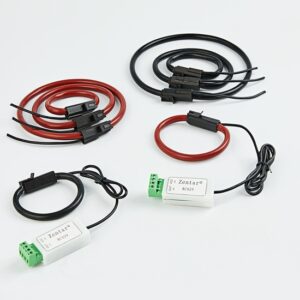[vc_row][vc_column][vc_column_text]
Principle and main function of inductors
Inductor is an electronic component that can convert electrical energy into magnetic energy, store it under appropriate conditions, and then release it and then convert it into electrical energy. The most important role of inductor is electromagnetic conversion.
Inductor
All electrical conductors (transmission lines) will cause electromagnetic fields when passing current. When the electrical conductors (transmission lines) are wound into a spiral shape, the electromagnetic field will be concentrated, and the more the number of turns, the more the magnetic induction intensity. The larger the size, the greater the kinetic energy, so the inductor is actually an electrical conductor (transmission line) wound into a spiral.
Inductor characteristic 1: blocking the transformed current
The inductor will have a blocking effect on the current passing through the inductor under the condition of alternating current. The higher the frequency of the inductor, the greater the blocking effect. This type of condition is called inductive reactance and is measured in ohms (Ω).
Inductor characteristic 2: The current passing through the inductor does not change suddenly, the current will only increase or decrease slowly.
If the inductor is connected to a DC power supply, it will not cause inductive reactance, but the current passing through the inductor at the moment the power is turned on is zero, and then slowly expands until the magnetic saturation state, the blocking effect of the inductance fades, which is why inductive reactance is caused For the sake of.
Of course, the speed of this process is very fast, but you can use this feature to make all kinds of transformers, filters, choke coils, etc.
Classification of inductors:
Air core inductance: Because the inductance is not large, it is mainly used in high frequency circuits;
Hollow inductor. Solid core inductor: generally used for filtering; PFC filter inductor.
Magnetic core inductance: used for voltage conversion and filtering in high frequency switching circuits;
Magnetic core inductance. Transformers also belong to inductors; Power frequency transformer. Reactor: limit the instantaneous current and maximum current; Power reactor.[/vc_column_text][/vc_column][/vc_row]




